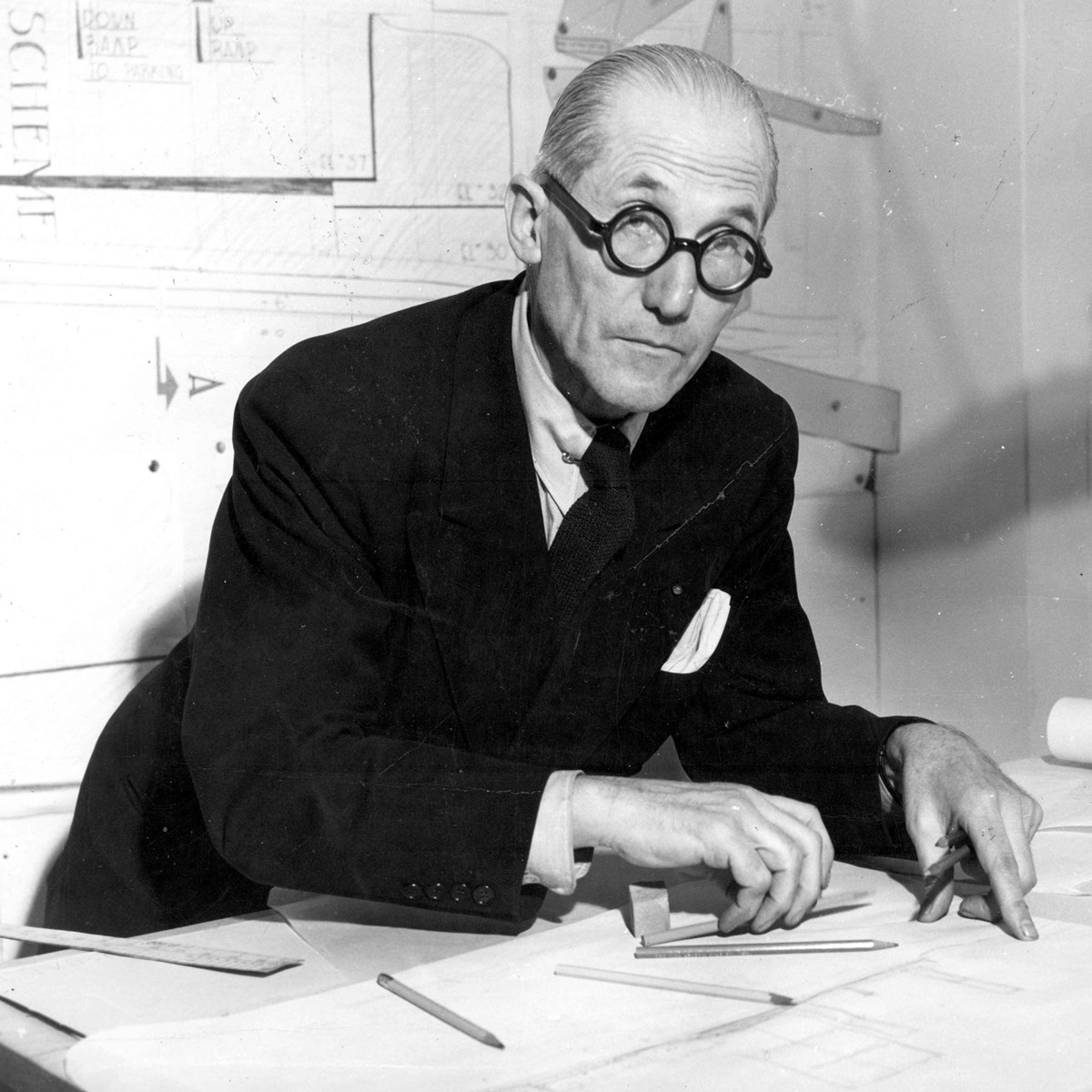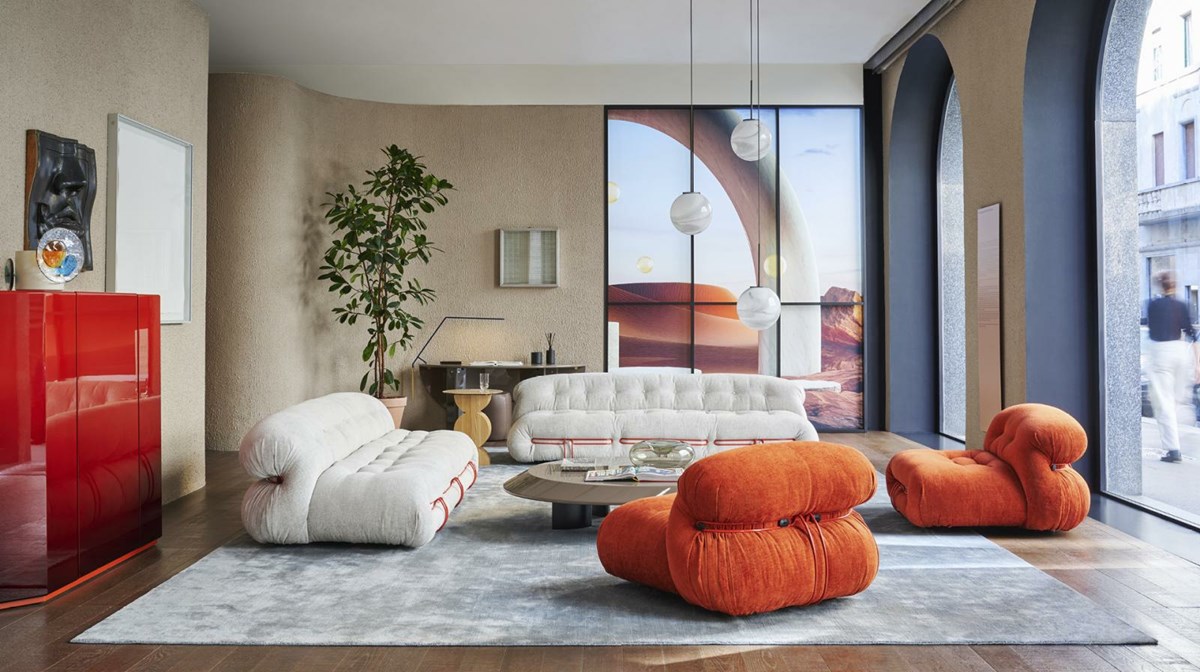Civil Bench
- Designer:
- Pierre Jeanneret
- Brand:
- Cassina
We don't appear to have any products related to your search term. Please try again.
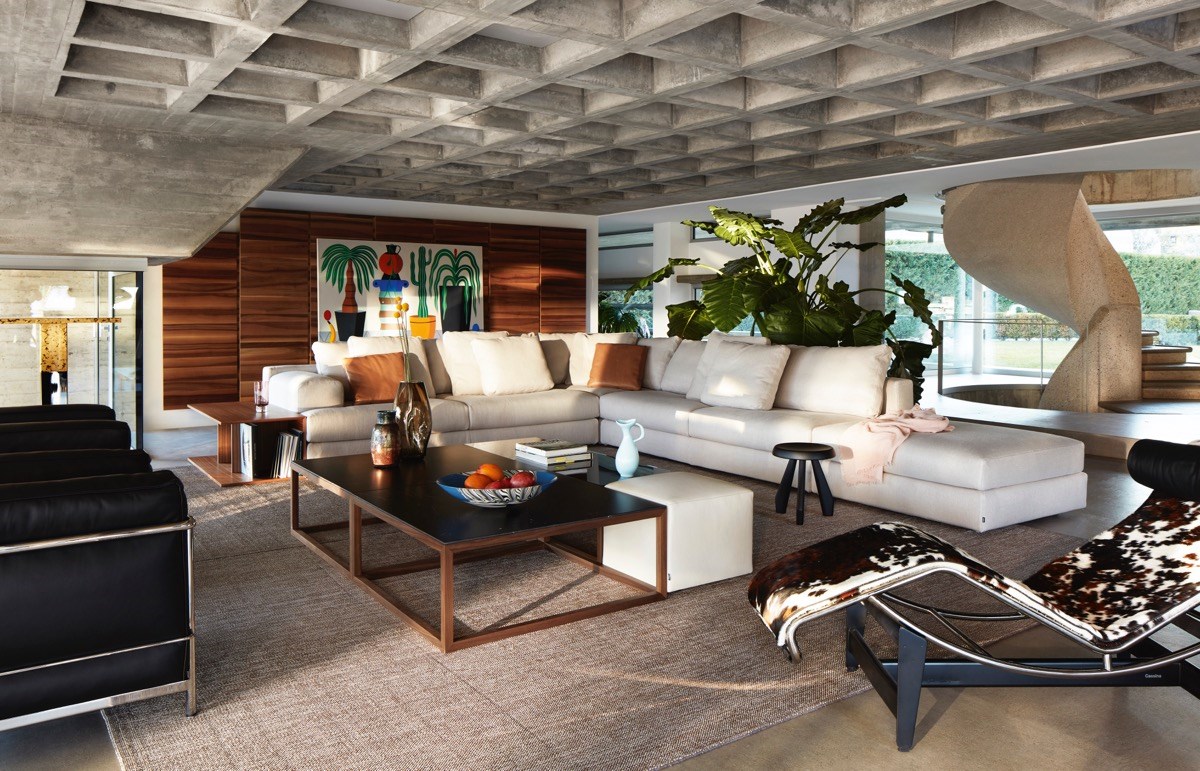
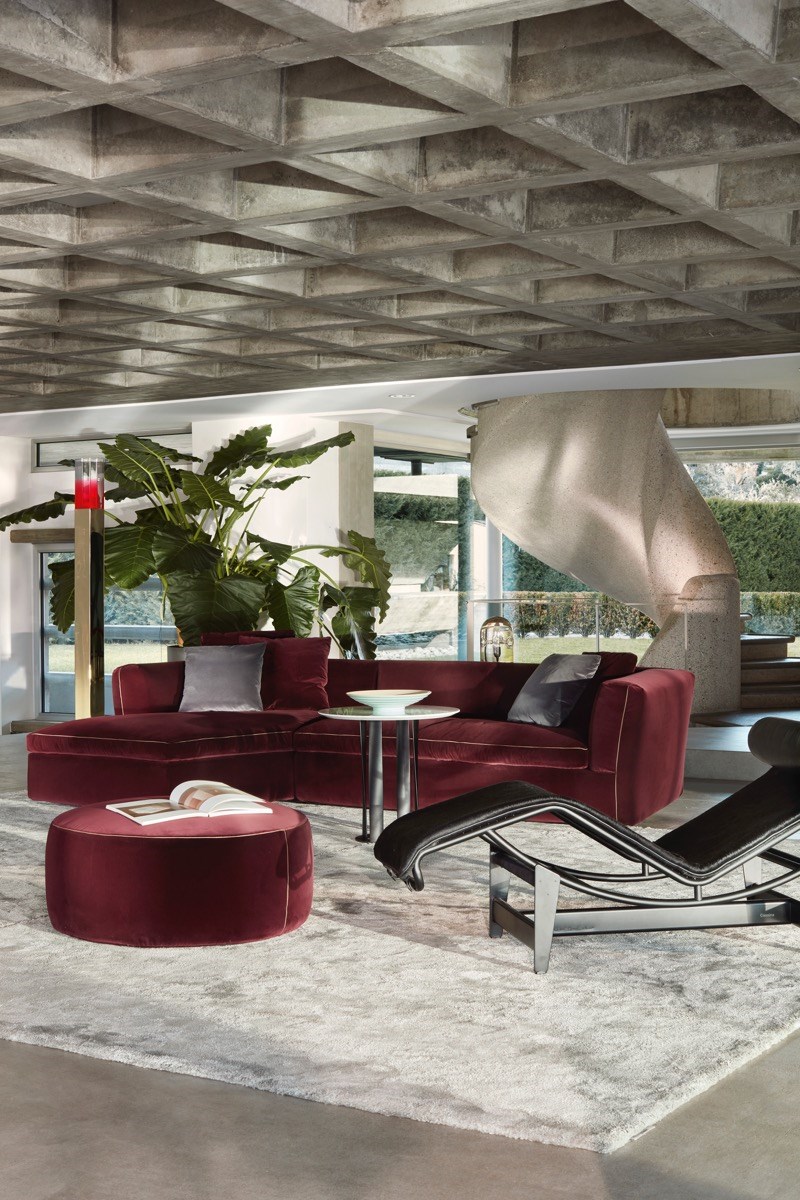
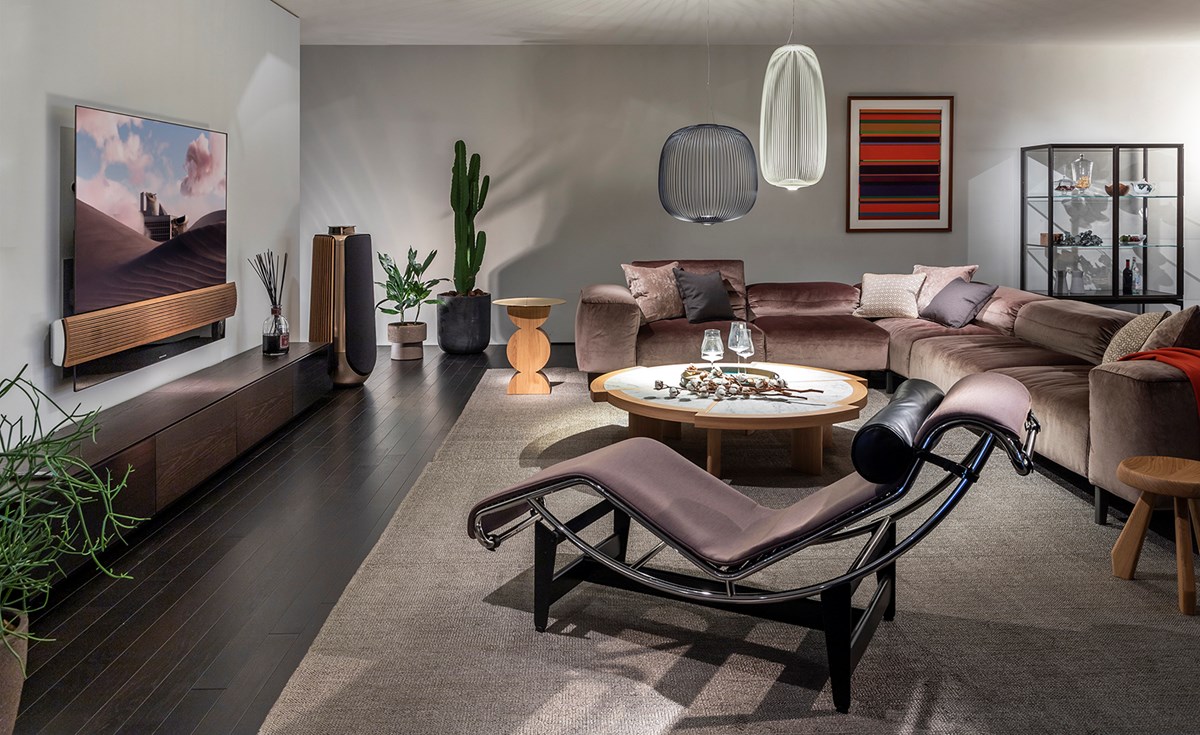
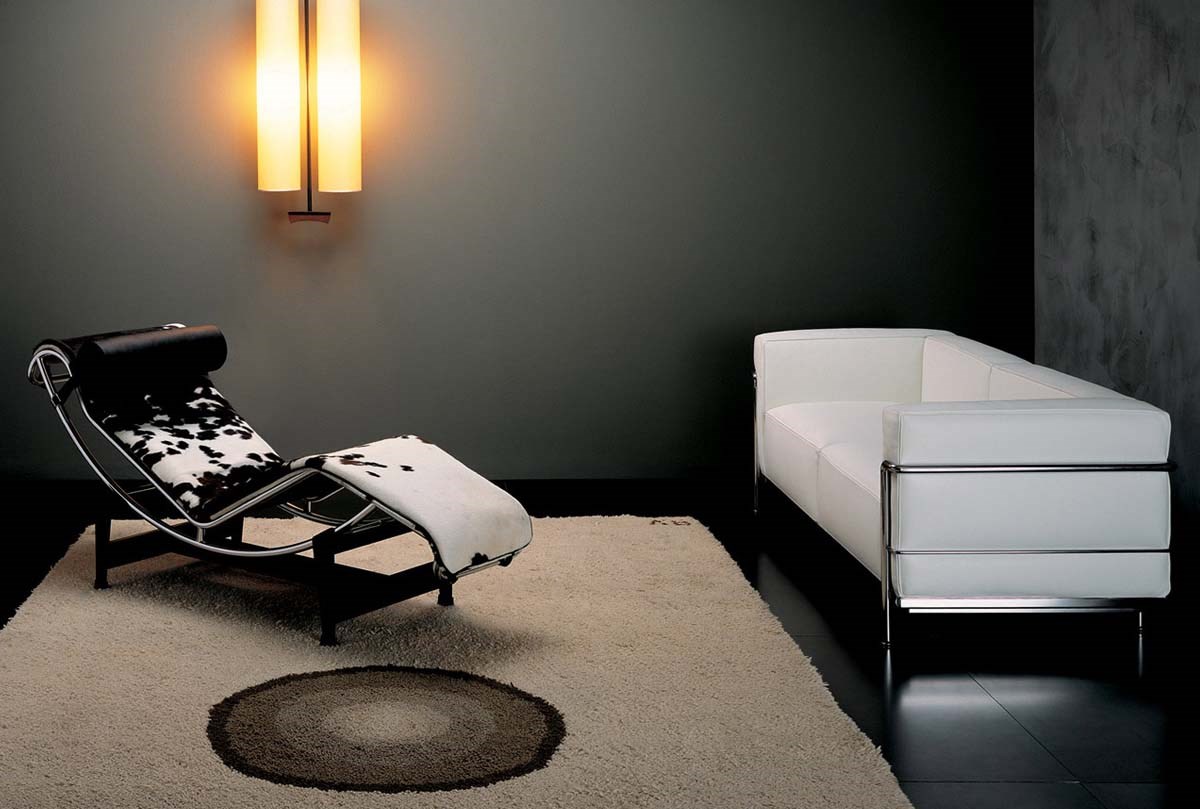
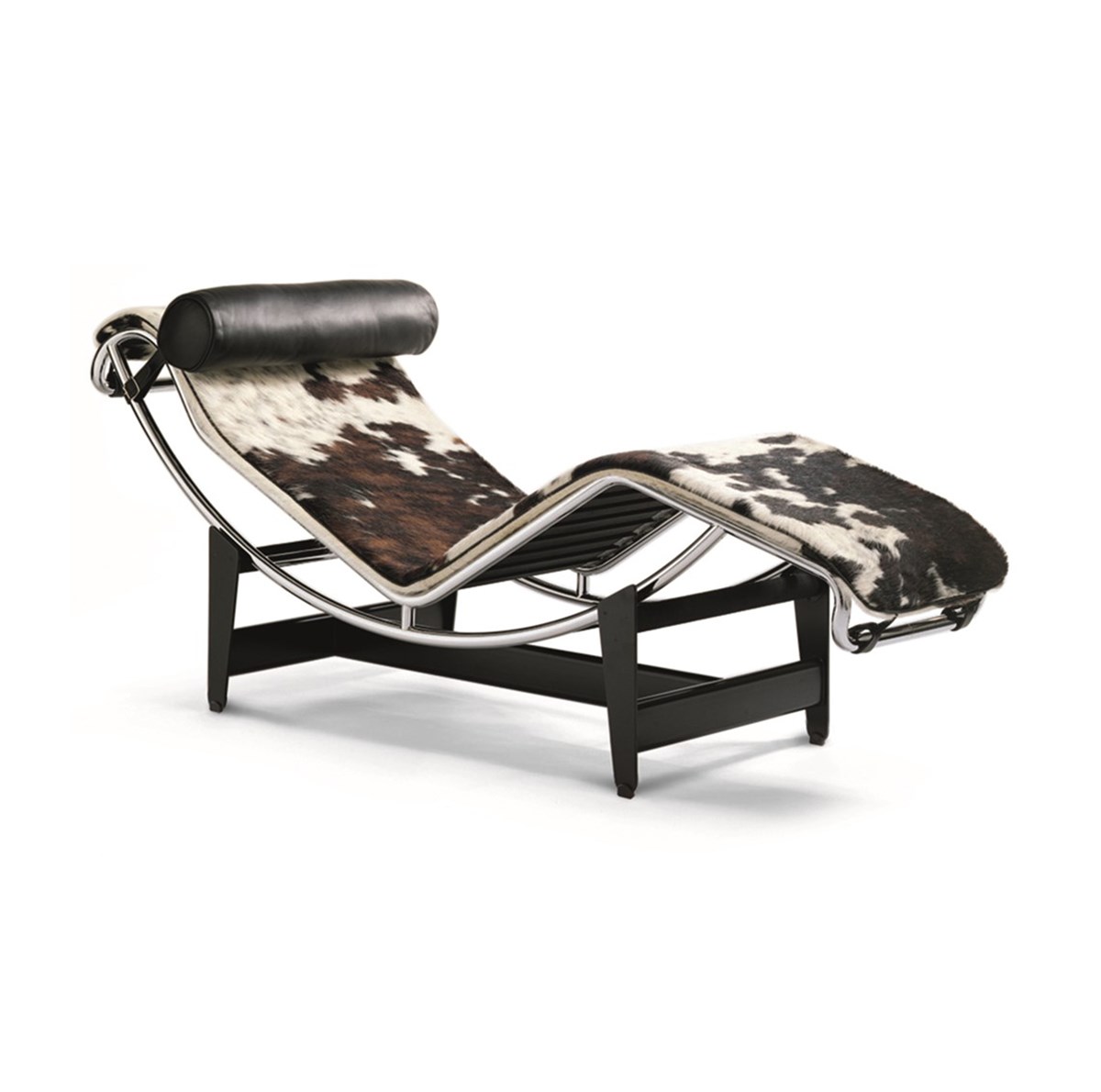
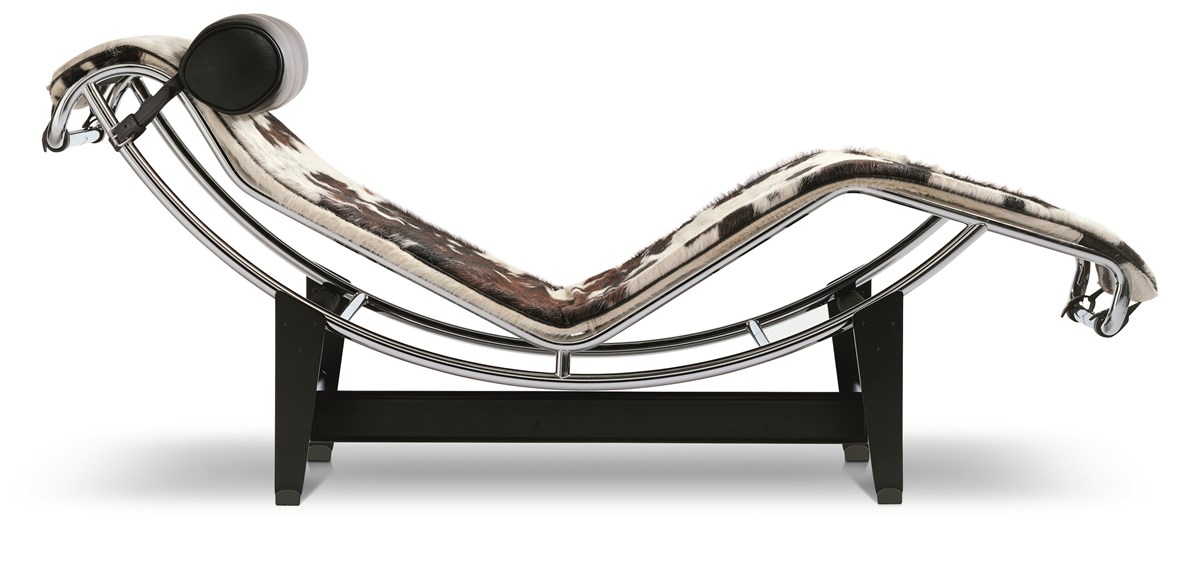
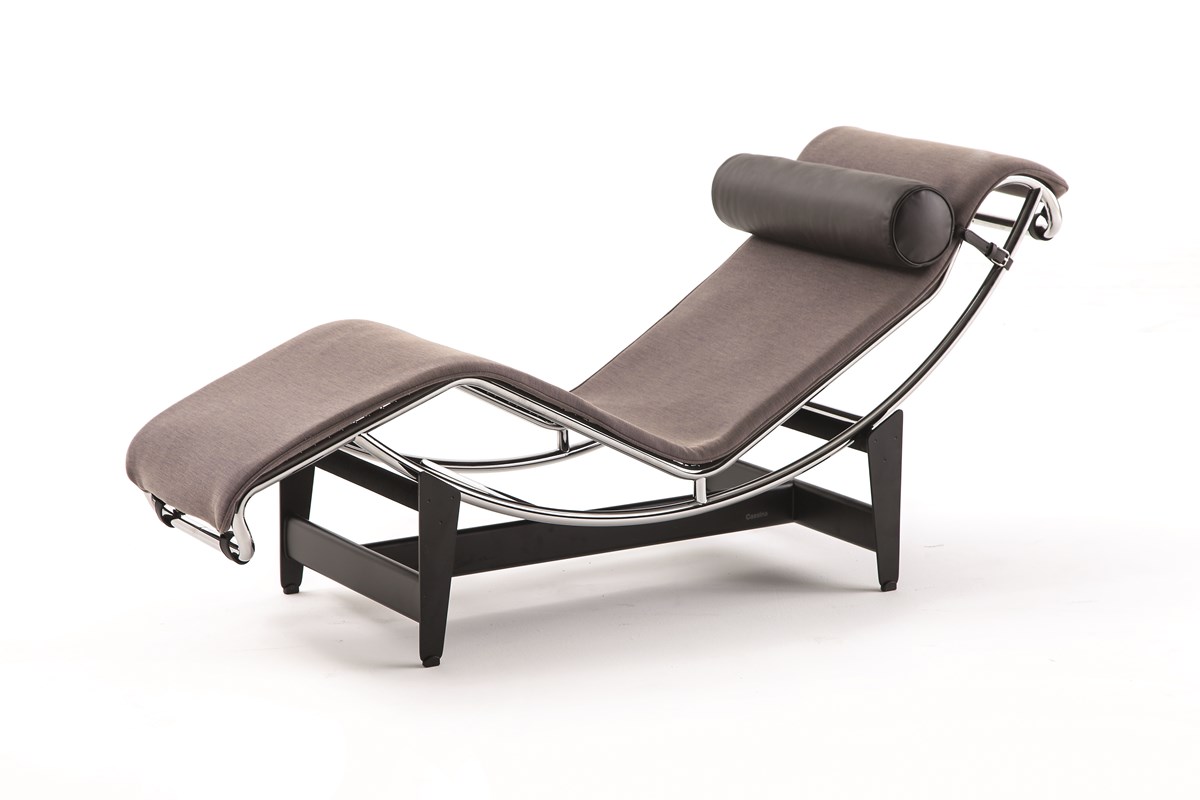
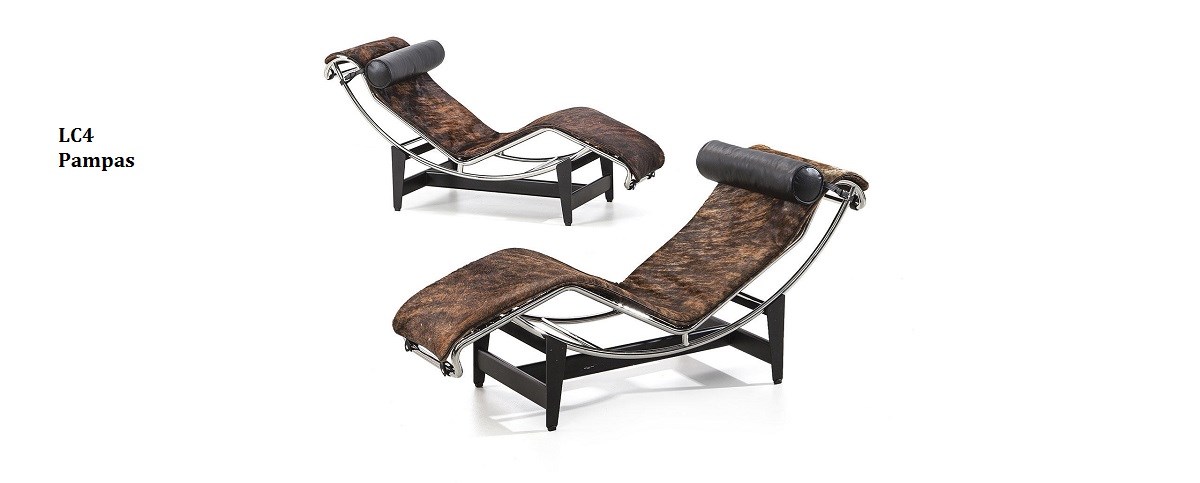
Designed in 1928 this chair became famous in 1965 with Cassina, the LC4 is the definitive chaise longue: built in a shape designed for relaxation, the chair was created when the three designers teamed together to put man at the centre of their design, taking the idea that form and function should be at the service of relaxation, creating a perfect balance between its geometric purity and its ergonomic intent. The stability of the frame – for any angle of inclination – is guaranteed by the friction through rubber tubes that cover the cross bar of the base.
LC4
Chaise-longue with adjustable polished trivalent chrome plated (CR3) steel frame.
Black enamel steel base.
Mat:
- hairyskin (black leather headrest);
- leather (headrest in black leather or in the same colour as the mat);
- special beige canvas (natural, dark brown or black headrest and footrest).
Headrest with polyester padding.
LC 4 Pampas
Continuous development of Cassina’s icons is also carried out through exceptional projects to keep them contemporary. The limited editions LC1 Pampas small armchair and the LC4 Pampas chaise-longue by Le Corbusier, Jeanneret, Perriand (each available in 400 numbered pieces), are an homage to the travels of Le Corbusier and Charlotte Perriand in South America where they had strong contact with the local artistic and cultural circles, fruitful for the development of the Modern Movement.
The models’ upholstery is made from high quality precious hides from South America which have a very characteristic brindled pattern making each piece completely unique.
Designed in 1928 this chair became famous in 1965 with Cassina, the LC4 is the definitive chaise longue: built in a shape designed for relaxation, the chair was created when the three designers teamed together to put man at the centre of their design, taking the idea that form and function should be at the service of relaxation, creating a perfect balance between its geometric purity and its ergonomic intent. The stability of the frame – for any angle of inclination – is guaranteed by the friction through rubber tubes that cover the cross bar of the base.
LC4
Chaise-longue with adjustable polished trivalent chrome plated (CR3) steel frame.
Black enamel steel base.
Mat:
- hairyskin (black leather headrest);
- leather (headrest in black leather or in the same colour as the mat);
- special beige canvas (natural, dark brown or black headrest and footrest).
Headrest with polyester padding.
LC 4 Pampas
Continuous development of Cassina’s icons is also carried out through exceptional projects to keep them contemporary. The limited editions LC1 Pampas small armchair and the LC4 Pampas chaise-longue by Le Corbusier, Jeanneret, Perriand (each available in 400 numbered pieces), are an homage to the travels of Le Corbusier and Charlotte Perriand in South America where they had strong contact with the local artistic and cultural circles, fruitful for the development of the Modern Movement.
The models’ upholstery is made from high quality precious hides from South America which have a very characteristic brindled pattern making each piece completely unique.
Designer
"Furniture is not just a functional object, but an expression of human life, an extension of our limbs and bodies. It should be crafted with care, embodying both beauty and...
